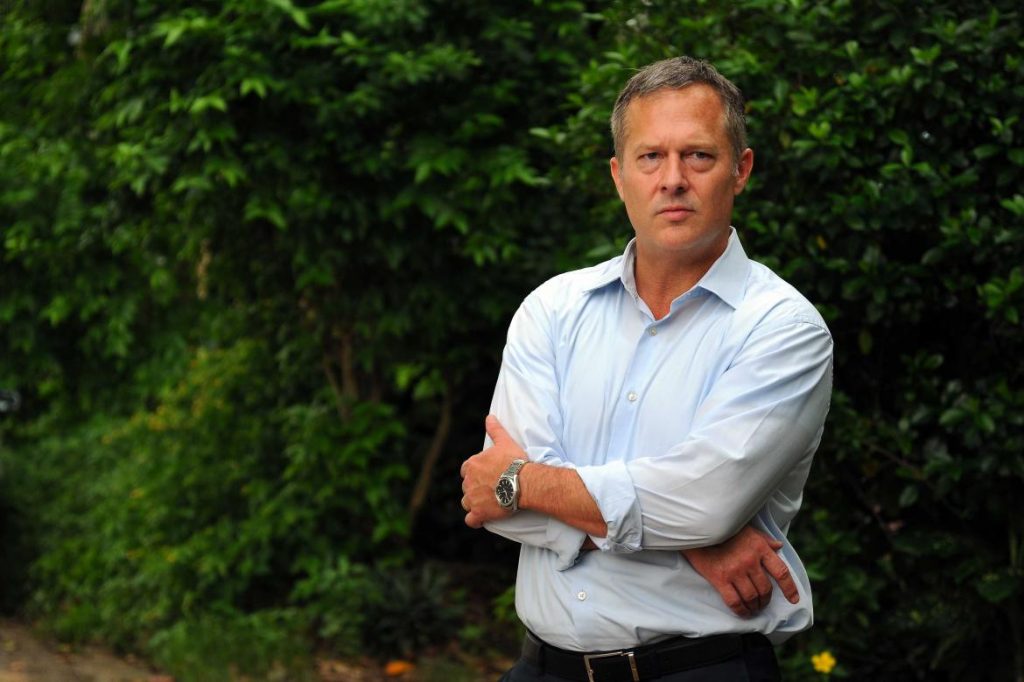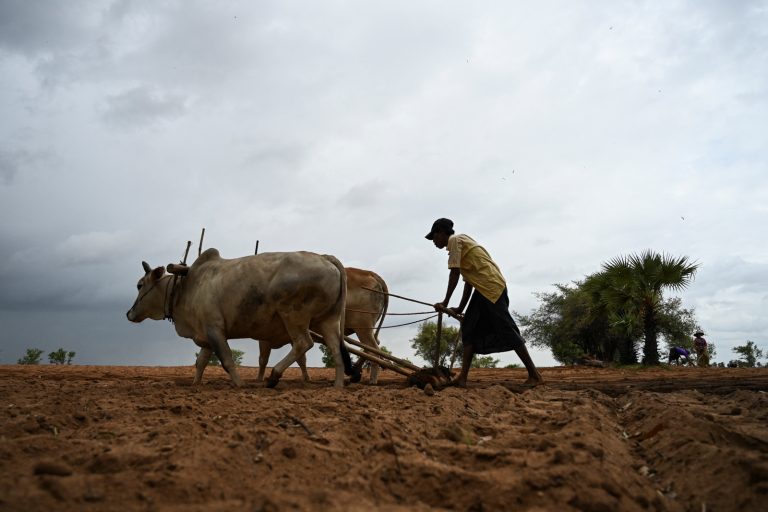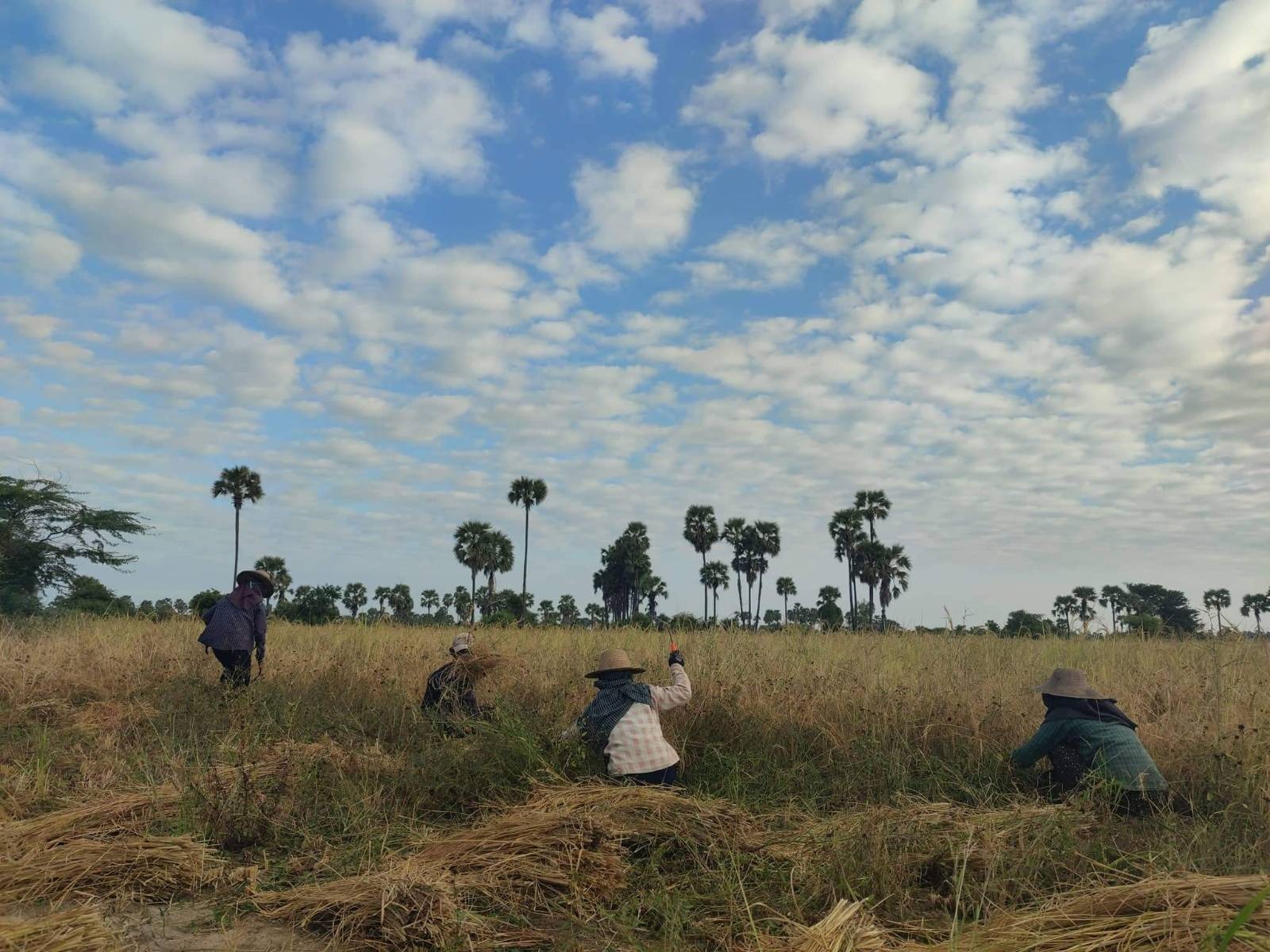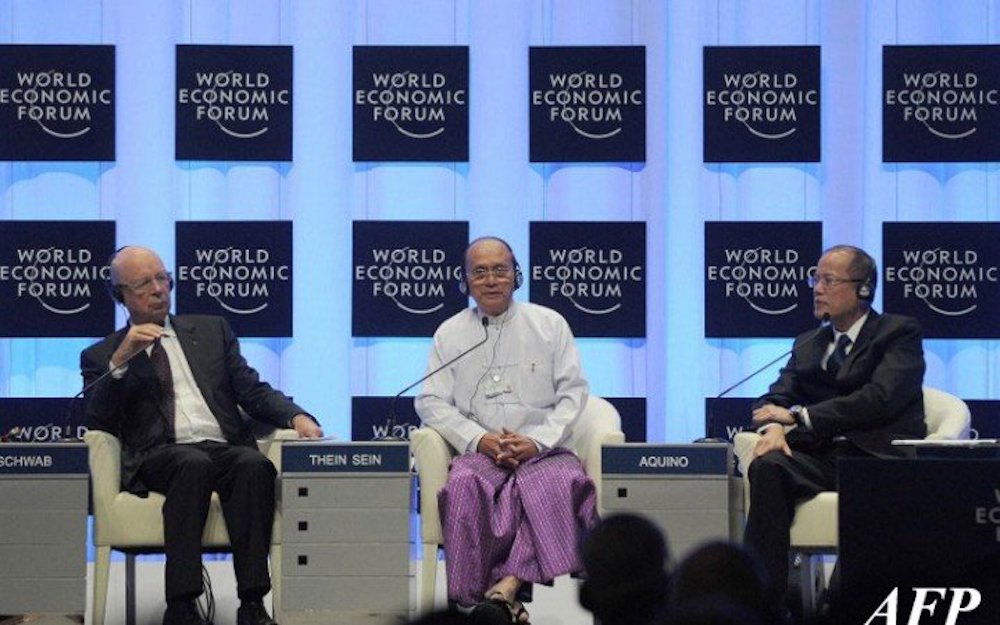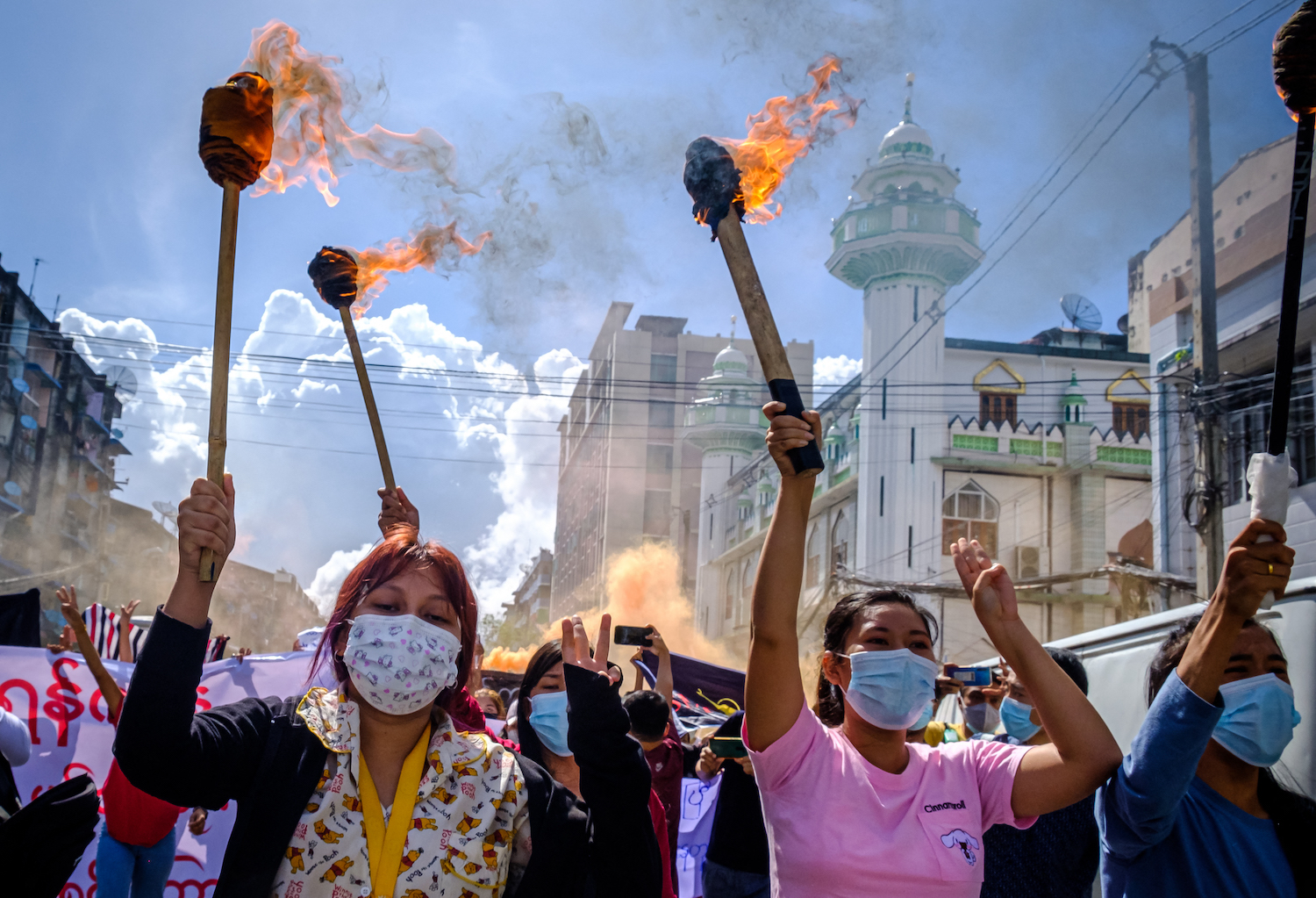Delphos International, a Washington DC-based company focused on project financing in emerging markets, recently completed the first phase of a study on Myanmar’s energy sector under a project financed by the United States Trade and Development Agency (USTDA). At the request of the Ministry of Electricity and Energy, the study was expanded to include the state of the national electricity grid and its capacity to handle power from renewable sources. The manager of the project, Mr Eric Shumway, spoke to Frontier’s Thomas Kean about why the ministry has concerns about renewables, comparing the cost of different power generation types and why power shortages could get much worse before the situation begins to improve. Before joining Delphos to manage the project, Shumway was a director at London Economics International, an energy economics consultancy.
What’s the scope of the study that you’ve just completed?
The study covers a wide range of topics, from recommending ways to streamline the evaluation, negotiation and financing of independent power producer (IPP) projects; to producing model project agreements – so an MoU, MoA, PPA, BOT Agreement, Lease Agreement and so on; to conducting feasibility studies for several IPP projects. Plus, a Renewables Grid Impacts Assessment focused on the next several years.
What was the major aim of the grid impact assessment?
The ministry was interested primarily in an initial technical analysis of the grid impacts of two large solar photovoltaic projects, whose power purchase agreements (PPAs) were signed in March 2016. The bulk of the analysis centres on the year 2020, though analysis is also provided through 2022 on things such as the overall power supply/demand balance.
When the power goes out, the grid is normally blamed. But is that fair, or are the outages often simply because of load shedding? Is the grid really in such a bad shape?
Yes and no. A significant portion of outages in the Yangon area arise from the poor and overloaded conditions of the local distribution grid – that is, the lower voltage part of the grid. However, much of the time, the real problem is a lack of energy on the national high-voltage grid; that is, not enough power is provided to the distribution grid and outages occur for that reason. Lack of energy (and not lack of capacity, per se) truly is a fundamental issue at the national level. To be sure, the local and national grids need very large investments as well to handle rapid demand growth.
How do you go about assessing the capacity of the grid to absorb renewables?
The standard approach, which is the approach that we took for this USTDA-funded study, is to model the national power grid, demand on the grid, and all generating units supplying power to the grid, under a number of scenarios. We focused on the year 2020, by when there could plausibly be a relatively large amount of renewables online.
tzhelecricitylabours33.jpg
Support more independent journalism like this. Sign up to be a Frontier member.

A man works on a new section of the national grid in Ann Township, Rakhine State, in May 2016. The grid expansion linked Rakhine with Magway Region. (Teza Hlaing | Frontier)
The modelling was highly technical and involved static and dynamic simulations of the grid’s response to specific “worst case” scenarios involving renewables. For instance, what would happen if the system is experiencing maximum load in the dry season (so there is less hydro generation available) and the largest solar PV unit trips offline? Or the largest generator of any kind trips? We also modelled hourly dispatch of power plants to meet demand under a large number of possible scenarios involving different generation levels from renewables and different grid conditions.
We’re often told that the grid can’t handle more than 10 percent renewables because of their generation variability. Was that borne out in the study?
The ministry is still reviewing the draft findings of the USTDA-funded study and so I cannot say at this point. As to the claim that the grid cannot handle more than 10 percent of renewables, we should first clarify that the ministry itself was not necessarily saying that the grid could not handle more than 10 percent; they were saying that that was the limit they would work with and plan around unless and until a definitive technical study was done on the subject.
In this sense, and in the absence of any definitive technical analysis, the limit was prudent and reasonable. Also, to the ministry’s credit, they knew they needed additional technical analysis and worked to get a study done quickly. USTDA and the American embassy helped with that by getting this new work added to our existing technical assistance scope. I believe that additional modelling and analysis would be useful in advancing the MOEE’s level of confidence in grid integration of renewables.
One of the main arguments against renewables is the high up-front cost, and high overall cost compared to thermal options. Did your study also look at the average production cost in Myanmar, and what did it find?
It is true that some continue to believe that renewables are costly sources of energy compared to thermal projects. Although levelised cost (or “all-in” costs) of energy from different technologies was not a focus of the study, I can say that it is indisputable that solar and wind levelised costs are already competitive with thermal technologies in many markets around the world, without subsidies of any kind.
Something that is frequently missing in the public dialogue about fuel mix in Myanmar and generation expansion planning in general is first an understanding of plausible lead times for different technologies and second, looking seriously at the fuel options that are available at a given time. Solar PV, gas turbines and reciprocating engines can be built in a year. Add the time required to develop and finance the projects, and a total of two to three years is doable.
A coal-fired power project, by contrast, or a large hydro project, will take three years or more just to build and development/financing timelines are likely to be significantly longer than for engine, gas turbine or solar projects – say, two to three years – for a total of five or six years minimum, with seven to eight years more likely. With this in mind, it is disappointing to hear senior officials and others often making meaningless cost comparisons of say, coal and solar PV, for target new entry dates before 2022 approximately.
energy-demand-infograph.jpg

Unless immediate steps are taken to expand capacity in the short-term, Myanmar is facing massive unmet demand for electricity between 2020 and 2022 – up to seven times worse than 2012-16 under the most likely scenario.
Given the timelines to bring coal and hydro to market, and a serious natural gas shortage, there are few conventional options for Myanmar to add new capacity other than diesel, heavy fuel oil and liquefied natural gas. The latter is promising but large LNG-to-power projects, such as the tender being prepared by the World Bank/International Finance Corporation, are not likely to yield power plants on the grid before 2022. Smaller LNG-to-power projects are doable by 2020 if the ministry moves immediately.
In terms of hydro, if one assumes all the planned hydro projects move forward on schedule, there is still a very large supply gap. Other technologies are needed. Now, if we want to meet demand through 2022 at about the same level of reliability we have now, we need to consider the realistic alternatives to provide power within the period, and in doing so, it is easy to see that renewables can fit very competitively in the mix with those alternatives.
The high upfront cost of renewables is not an issue if projects are independent power producers – that is, privately financed and operated. Investors pay the upfront costs, while consumers pay the tariff associated with the project, which involves spreading out (or financing) those upfront costs over 20 years or so.
Can the variability of renewables be managed, and if so how?
Yes it can, to a point. More control is available than is often assumed. But there are costs involved in such solutions. The more practical approach is to understand that for relatively low levels of renewables penetration there is little need to manage variability, and for higher levels to focus on forecasting renewables generation more accurately (the software has improved greatly in recent years).
Renewables have been given a pretty minor role in the proposed fuel mix put out by the ministry and its development partners in the past. Do you think this should be revised in light of what you’ve learned about the grid capacity?
I can’t comment on what the findings were. I will note that the Japan International Cooperation Agency, which is working on a new expansion plan, has mentioned it is now indicating 20 percent renewables penetration by 2030.
Is there a bias against renewables within the ministry, and if so why do you think that is?
There is concern. I believe there is an interest in better understanding how, specifically, renewables (solar and wind) can be incorporated in the daily dispatch planning and grid operation functions. In large part, I believe, this concern relates to the lack of appropriate modelling and dispatch tools available to the MOEE as well as to lack of familiarity with approaches taken in other markets to accommodate renewables.
How serious is the power generation shortfall that Myanmar is facing in the years ahead?
Extremely serious. I have not seen any coherent generation expansion plan covering the next five years put forward by anyone. Or any plan at all, for that matter – and I have spent one-and-a-half years working with the planning department of the ministry.
The ADB and JICA expansion plans produced in 2014-16 expressly focused on the longer term, even though they show capacity expansion over the entire period. But for the near and medium term new entry, it is optimistically assumed nearly all projects in the pipeline (many of which made little sense) proceed and then a series of generic projects enter to fill in supply gaps. The ADB “least cost” plan (with modelling performed in 2015) assumed there would be over 1,000 megawatts more capacity online by now than there actually is. That is a 30 percent difference.
And, on the hydro side, the “least cost” plan assumed over 2,000MW of hydro coming online from 2016 through 2020 and 2,700MW by 2022. Really? How? This was not realistic in 2015 and certainly is not realistic now. Our own forecast (which is still optimistic) shows about 300MW and 1,700MW of new hydro by 2020 and 2022 respectively. So, those plans are not “action plans”. They are, rather, indicative expansion plans with bearing on policy and other important matters such as transmission system planning. They are useful when used as intended, which is not in any way related to truly planning to serve load over the next several years.
Based on our analysis, unserved energy (outages) of over 20 percent are likely from 2020 through 2022, unless decisions are taken now to proceed with power projects. This compares to unserved energy of 3 or 4 percent now. One especially worrisome scenario involves delay in new offshore gas fields coming online, and delay seems the most likely scenario. Other plausible scenarios involve delays to large hydro projects – or a drought, which would reduce hydro generation.
Renewables can play an important role in getting power on the grid fast but much more than just renewables is required. New generating capacity of all types is required, and fast! I am indeed worried that action is not being taken to make this happen.
Why have those forecasts on installed capacity not been met?
There are two impassable barriers to getting more power plants built. First is that the ministry was told by the new government to “compete everything” – that is, to run competitive procurement processes (also known as RFPs) for all new power projects. Although RFPs do have several advantages, they also add significant time to the power procurement cycle: at least a year or two. What’s more, RFP-only power markets are rare, worldwide. It is not even utility best practice. RFP-only markets are potentially appropriate in highly structured, well-regulated power markets, so this is decades away for Myanmar.
Because of the “compete everything” directive, the ministry is paralysed, and essentially zero progress has been made on new bilaterally negotiated IPP projects over the past 15 months. You only need basic arithmetic to see that this approach won’t yield power much before 2022.
If the “compete everything” barrier is removed, there is still the second barrier to get past. The second barrier is what I call the “Approvals Raj” afflicting most Myanmar institutions, according to which even minor non-binding documents require approval by multiple other ministries, and even by cabinet, before they can be signed. This is similar to the “Permit Raj” that has been partially dismantled in India over the past two decades.
For negotiated IPP power project deals, the Approvals Raj implies additional years of delay simply getting to the point where a potentially bankable deal is in hand. Assuming, of course, that the first barrier has been removed.
Here is the good news. There are quite a few promising power projects with experienced developers behind them that are ready to move forward. All that is required are two simple acts by the current government. First, clarify that the “compete everything” directive was intended as a goal to strive for in the future, and that bilaterally negotiated deals are necessary in the national interest as an interim measure. Second, decree that the Approvals Raj no longer applies for the power sector and that the government is examining its applicability for other sectors as well.
These two simple acts of pragmatism and red tape cutting would go a long way to keeping the lights on in 2020 and beyond.
This article originally appeared in Frontier’s special report on Myanmar’s energy sector. TOP PHOTO: Steve Tickner | Frontier


